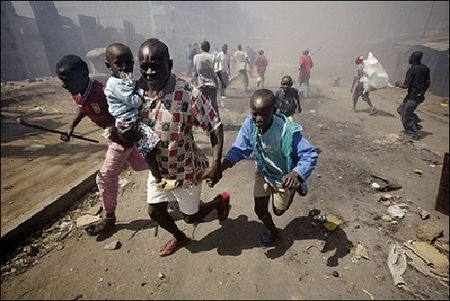If statistics are anything to go by, 2011 marked 26 armed conflicts worldwide. A majority were a result of a series of pro-democracy movements, rooted in Middle East and North Africa. On an average, Asia and Africa still account for three quarters of armed conflicts while Europe, Americas and Middle East host only one quarter.
A flood of military conflicts inflict the current global page, stemming from violations of human rights, unlawful killings, forced displacements and torture. Off these, Internal conflicts make up for a huge majority. Issues of identity, ethnicity, religion and competition underscore the current conflicts in Afghanistan, Iraq, Africa, Sundan, Congo, Uganda and Sierra Leone.
Where there is conflict, there will be laws to mitigate the effects. The questions is- are these laws effective enough to grapple with the gravity and complexity of these conflicts? Mapping the current regulatory field, the International Humanitarian Law or Laws of Armed Conflict takes center stage. While the IHL applies only during armed conflict, human rights laws apply as much in war as in peace. Despite these laws and the constant effort of the UN to monitor and report the human rights violations and conflicts, many perpetrators go scot-free. Powerful nations have often shown a sinister willingness in doing so and continue to disclaim any responsibility.
One of the most sophisticated developments in international law, since the adoption of the UN charter is the establishment of the International Criminal Court in 2002 that aims to prosecute people accused of genocide, crime against humanity and war crimes. The Universally binding Arms Trade Treaty is still under consideration.
This storify page is a quick snapshot of the plurality and diversity of issues that plague military conflicts worldwide.

